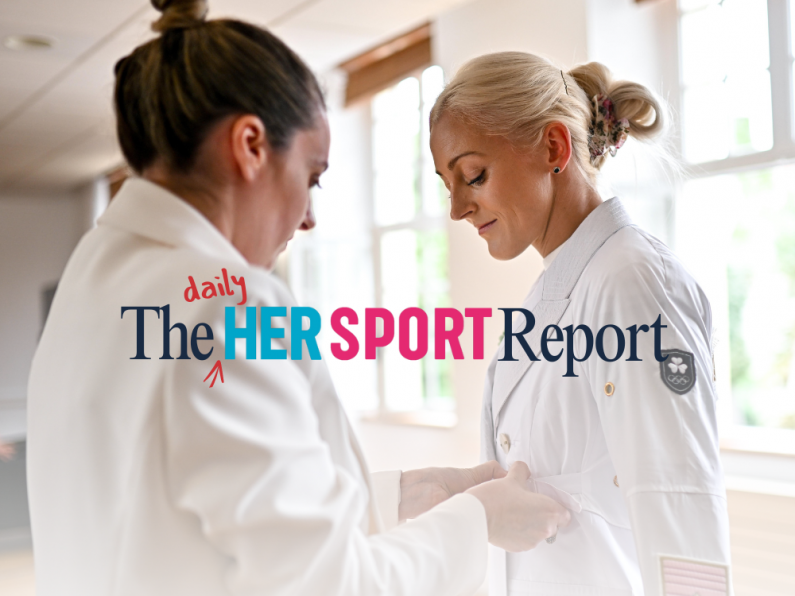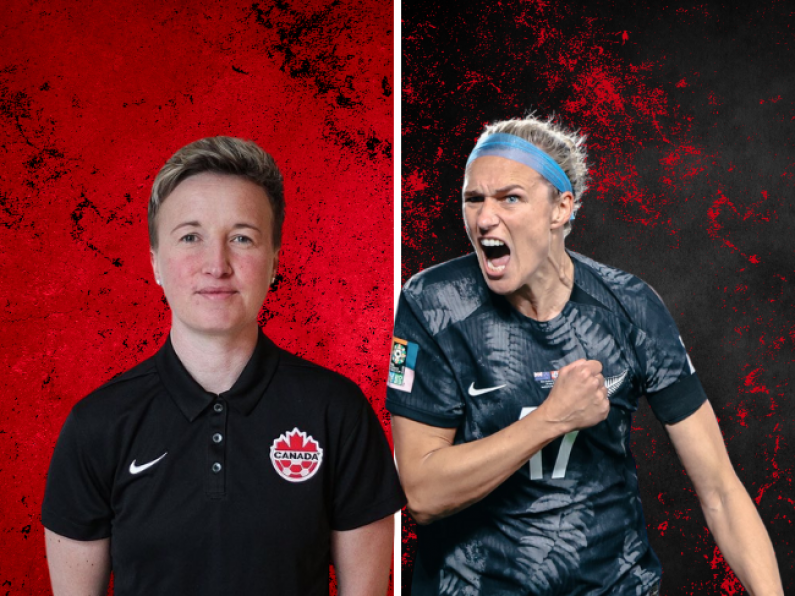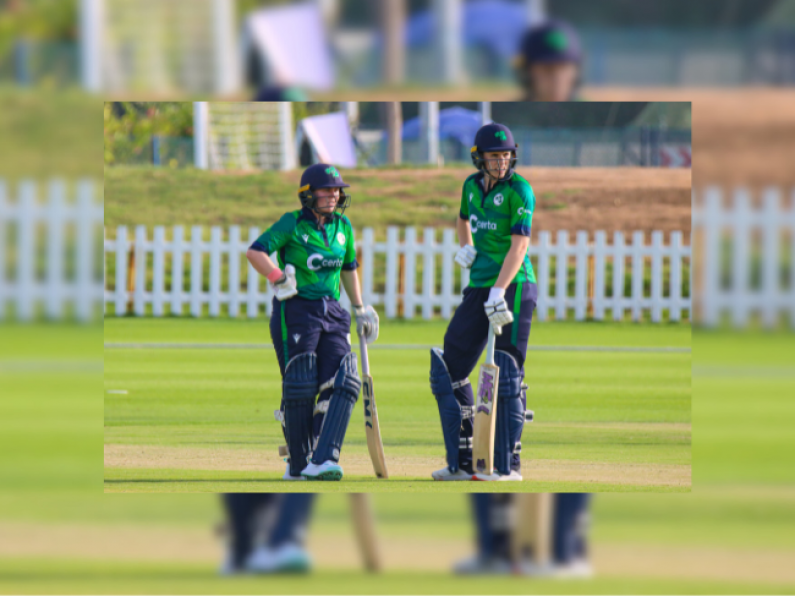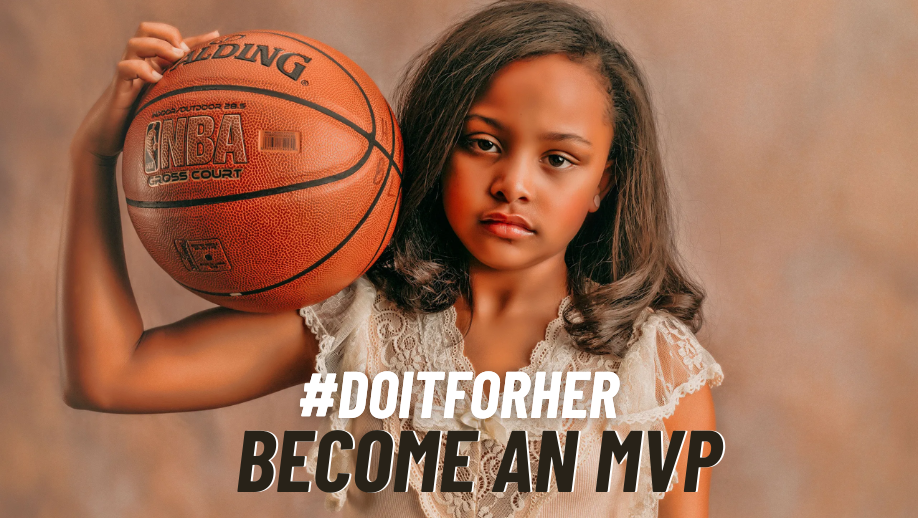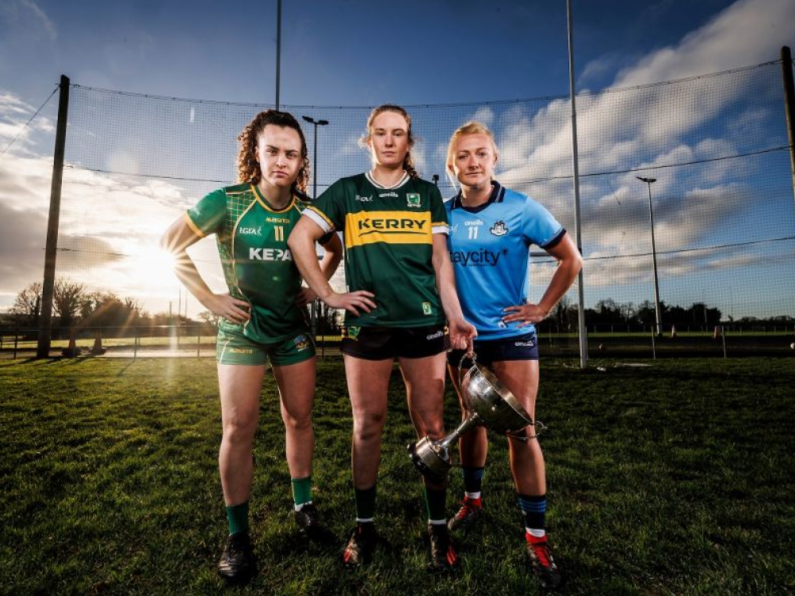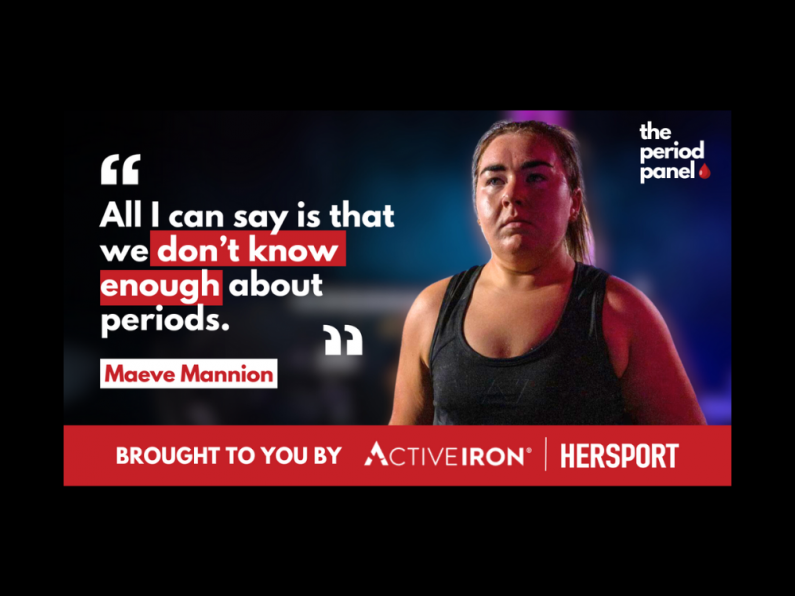Photo by Sam Barnes/Sportsfile
Like most athletes, Orla Comerford has her own routines on race day - she always has five jellies, with her current go-to being jelly babies, and a bag packed with any layer she could possibly need.
Orla is a seasoned Irish Athlete with two Paralympic 100m sprint performances under her belt and is currently training towards booking her ticket to Paris 2024.
She joined us on the Her Sport Show to share her amazing story of resilience and determination.
Orla has a genetic eye disease called Stargardt disease and began losing her vision in year five of school: “Age 11 or 12 is when I began to lose my eyesight so that's kind of where things began to change a little bit,” said Orla. She credits the way in which she dealt with the diagnosis to her supportive family and friends and her stubborn nature.
“I didn't drop sports overnight," said Orla. “I was quite stubborn and competitive, and I was fairly adamant that I would keep doing all of those sports so I did keep a lot of them on.”
Despite the degenerative nature of Stargardt disease, Orla keeps a very positive attitude. “I’ve definitely always been a glass half-full type of person,” said Orla. “I have the vision I have now, so I might as well make use of it and do what I can, live the life I can, and be happy about it.”
Sports has always been a large part of her life. She played many sports throughout her childhood and has been running for her club, Raheny Shamrock, since she was 7. The 26-year-old recalls how there were always coaches that were willing to work with her.
“I was always treated the same by the people that knew me,” she said. “There were plenty of other people who had other judgments and ideas and thoughts of what I could and couldn’t do, but thankfully they're not the people I ended up listening to.”
She is set to compete in the 2023 World Para Athletics Championships which start on July 8 in Paris and is one of the Paris 2024 qualifiers.
Orla competes in the T13 category. For visual impairments there are 3 categories: T13, T12, T11. The higher numbers down to the lower numbers generally means more ability to less ability to see.
Orla stepped on the international stage for the first time when she was just 18 at the Rio Paralympics, in 2016. “Yeah I remember being shocked and over the moon. I had a very chaotic year,” she said. She was juggling school, her portfolio and training. Despite a lot of people telling her that she was "taking on too much," she was glad that she did not let the people who were doubting her shake her decisions.
While she was in the process of training for the 2020 Tokyo Paralympics, Orla began struggling with multiple injuries caused by an ankle injury that had never properly healed. In 2019, she and her coaches made the decision that it would be best for her to undergo ankle surgery.
Orla went on to face a long rehab process. She had developed bad habits, as a result of her long-term ankle injury, that needed to be corrected: "That was definitely a very stressful process to say the least and it was very difficult," she explained.
After the COVID-19 pandemic delayed the games to the following year, Orla was able to train towards qualifying for the Paralympic games she initially thought she would miss. A week before the Irish Paralympic team left for Tokyo, Orla learned that she would be joining them.
A few days before her Paralympic performance in Tokyo, Orla suffered a quad strain and was unsure if she would be able to compete. She also recalls feeling the emotional toll of the news that her coach had been moved into palliative care. “I wanted to look back at this like at least I gave it a bit of a go. I lined up, raced, finished it,” she said. The performance was not what she wanted it to be “But that’s sport,” said Orla.
When asked about her opinions on Paralympics representation in the media, Orla stressed the importance of recognizing Paralympic athletes as both people living with disabilities as well as high performance athletes: "Athletes are not one or the other. They're both of those things, and both of those identifies are incredibly important to Paralympic athletes," Orla explained.
Outside of her work on the track, Orla has another passion: fine art.
She recently graduated from the National College of Art and Design (NCAD) with a bachelors of Arts in Fine Art Media.
“I certainly got a bit of, not pushback, but questioning, like people are like you’re visually impaired what are you doing in art school surely you can't see what you're doing,” Orla said. She did not let the questioning affect her goals, and she went on to win the RDS Members' Art Fund Award for her interactive art exhibition.
While many find art and sport to be polarizing, Orla finds connections between them: “There is, in both, commitment to really hard work; there is commitment to the process; there is a commitment to the way things go,” said Orla.
Orla is an exemplary representation of hardwork and perseverance. She continues to be a remarkable role model and example in sport for people to follow their passions.
“I know there can be ups and downs with sports or whatever your passion is in life, but I think being able to stick with it and let that sort of, let that love for it really guide you,” said Orla.
Check out the full interview with Orla on the Her Sport YouTube channel:
https://youtu.be/6aIYF5xKVTo


